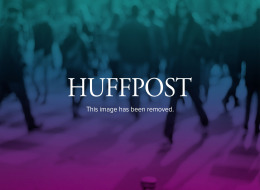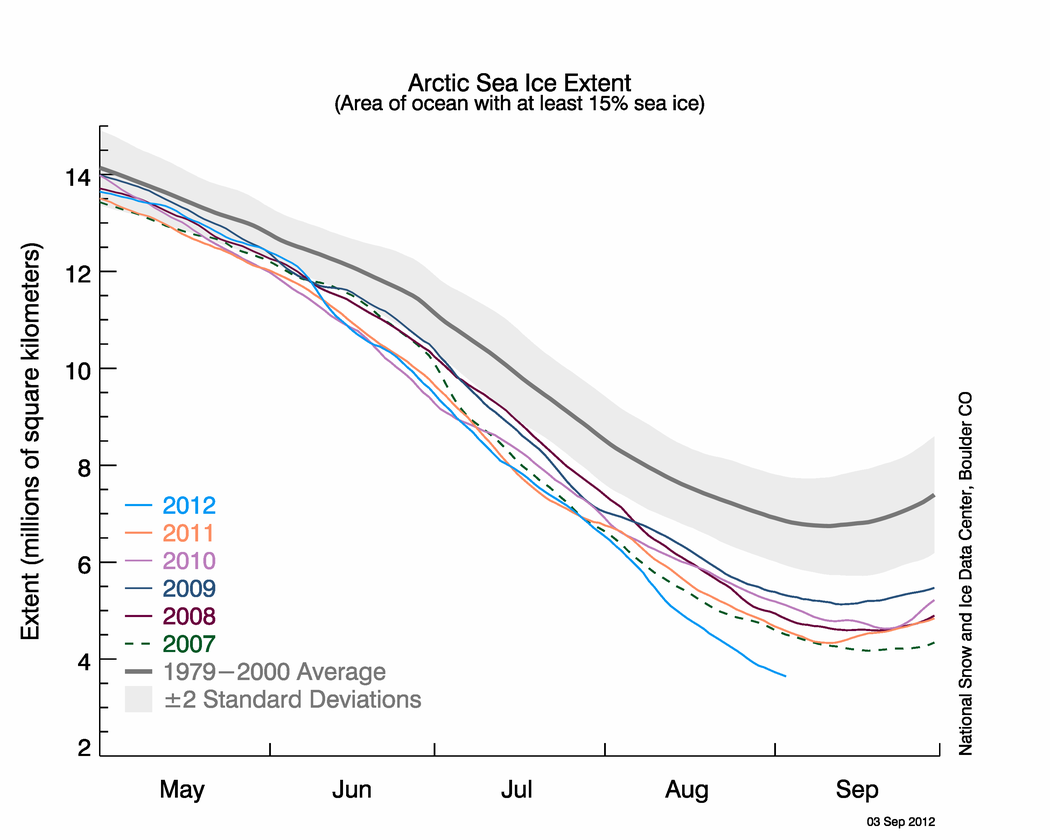'2016: Obama's America' Fact-Check
By BETH FOUHY 08/28/12 01:53 PM ET 

WASHINGTON — "2016: Obama's America," a new conservative film exploring the roots of President Barack Obama's political views, took in $6.2 million to make it one of the highest-grossing movies of last weekend. The film, written and narrated by conservative scholar Dinesh D'Souza, argues that Obama was heavily influenced by what D'Souza calls the "anti-colonial" beliefs of his father, Barack Obama Sr., a Kenyan academic who was largely absent from the president's life.
To document that claim, D'Souza travels to Kenya to interview members of Obama's extended family as well as to Hawaii and Indonesia, where Obama grew up. He also cites several actions and policy positions Obama has taken to support the thesis that Obama is ideologically rooted in the Third World and harbors contempt for the country that elected him its first black president.
The assertion that Obama's presidency is an expression of his father's political beliefs, which D'Souza first made in 2010 in his book "The Roots of Obama's Rage," is almost entirely subjective and a logical stretch at best.
It's true that Obama's father lived most of his life in Kenya, an African nation once colonized by the British, and that Obama's reverence for his absent father frames his best-selling memoir. D'Souza even sees clues in the book's title: "Notice it says `Dreams From My Father,' not `of' my father," D'Souza says.
But it's difficult to see how Obama's political leanings could have been so directly shaped by his father, as D'Souza claims. The elder Obama left his wife and young son, the future president, when Obama was 2 and visited his son only once, when Obama was 10. But D'Souza portrays that loss as an event that reinforced rather than weakened the president's ties to his father, who died in an automobile accident when Obama was in college.
D'Souza interviews Paul Vitz, a New York University psychologist who has studied the impact of absent fathers on children. In Obama's case, Vitz says, the abandonment meant "he has the tension between the Americanism and his Africanism. He himself is an intersection of major political forces in his own psychology."
From there, the evidence D'Souza uses to support his assertion starts to grow thin.
D'Souza says Obama's mother, Stanley Ann Dunham, shared his father's left-leaning views. After living in Indonesia for several years, D'Souza said, Dunham sent the younger Obama to live with his grandparents in Hawaii so he would not be influenced by her second husband, Lolo Soetoro, an Indonesian who worked for American oil companies and fought communists as a member of the Indonesian army.
"Ann separates Barry from Lolo's growing pro-Western influence," D'Souza says in the film. Obama has said his mother had sent him back to Hawaii so he would be educated in the United States.
In Hawaii, D'Souza asserts with no evidence that Obama sympathized with native Hawaiians who felt they had been marginalized by the American government when Hawaii was becoming a state. D'Souza also asserts – again with no evidence – that Obama had been coached to hold those views at Punahou, the prestigious prep school he attended.
"Oppression studies, if you will. Obama got plenty of that when he was here in Punahou," D'Souza says, standing on the campus in Honolulu.
In Kenya, D'Souza interviews Philip Ochieng, a lifelong friend of the president's father, who claims the elder Obama was "totally anti-colonial." Ochieng also discloses some of his own political views, complaining about U.S. policy in Afghanistan and Iraq and saying the U.S. refuses to "tame" Israel, which he calls a "Trojan horse in the Middle East." D'Souza seems to suggest that if a onetime friend of Obama's late father holds those opinions, so, too, must the president himself.
D'Souza then goes through a list of actions Obama has taken as president to support his thesis. Many of them don't hold water:
- _ D'Souza rightly argues that the national debt has risen to $16 trillion under Obama. But he never mentions the explosion of debt that occurred under Obama's predecessor, Republican George W. Bush, nor the 2008 global financial crisis that provoked a shock to the U.S. economy.
- _ D'Souza says Obama is "weirdly sympathetic to Muslim jihadists" in Afghanistan and Pakistan. He does not mention that Obama ordered the raid that killed Osama bin Laden and the drone strikes that have killed dozens of other terrorists in the region.
- _D'Souza wrongly claims that Obama wants to return control of the Falkland Islands from Britain to Argentina. The U.S. refused in April to endorse a final declaration on Argentina's claim to the islands at the Summit of the Americas, provoking criticism from other Latin American nations.
- _D'Souza says Obama has "done nothing" to impede Iran's nuclear ambitions, despite the severe trade and economic sanctions his administration has imposed on that country to halt its suspected nuclear program. Obama opposes a near-term military strike on Iran, either by the U.S. or Israel, although he says the U.S. will never tolerate a nuclear-armed Iran.
- _ D'Souza says Obama removed a bust of British Prime Minister Winston Churchill from the Oval Office because Churchill represented British colonialism. White House curator William Allman said the bust, which had been on loan, was already scheduled to be returned before Obama took office. Another bust of Churchill is on display in the president's private residence, the White House says.
Trailer







